The #1 Elk Hunting Mistake
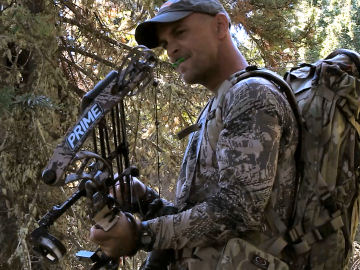
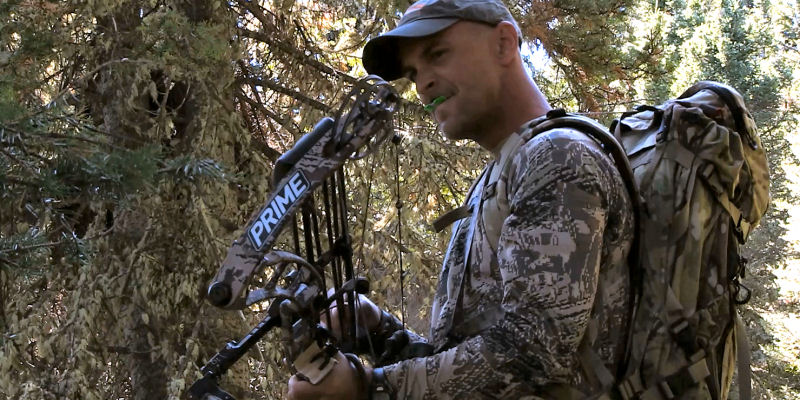
If you’ve hunted elk, you’ve made mistakes. There is no way around it. There are so many things that are nearly out of our control, that to think we can go into the woods and not fail as an elk hunter is unrealistic. However, those failures over the course of an elk hunt can be used as motivation, and they certainly don’t need to be what defines the hunt, or what defines our ultimate success on the hunt. Additionally, there are things we can – and should – be doing to reduce the number of mistakes we “make” when hunting elk.
I asked the Elk101.com Pro Staff to provide their insight on what they each feel is the most common Elk Hunting Mistake, as well as some thoughts on what to do to avoid it or overcome it. Here are the responses:
Ty Stubblefield
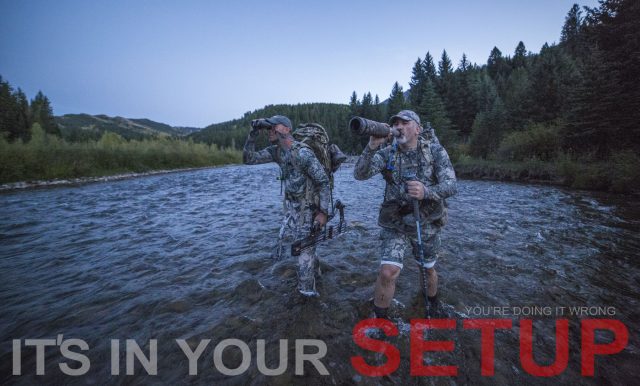 The most common mistake I see elk hunters make is in where they set up once the calling commences. Setting up behind a wall of brush or behind obstacles is our initial reaction when we think the elk is closing the distance in our direction. It’s human nature to hide behind something as not to be seen. This mindset will certainly cost you shot opportunities, or worse, cause you to force a shot and wound an animal. As hard as it is, you must override the urge to hide and trust your camo and your surroundings.
The most common mistake I see elk hunters make is in where they set up once the calling commences. Setting up behind a wall of brush or behind obstacles is our initial reaction when we think the elk is closing the distance in our direction. It’s human nature to hide behind something as not to be seen. This mindset will certainly cost you shot opportunities, or worse, cause you to force a shot and wound an animal. As hard as it is, you must override the urge to hide and trust your camo and your surroundings.
When picking a spot to set up for a shot, look for multiple shooting lanes. Then, look for cover. The idea is to not stick out in the open if you can avoid it. Use the cover to break up your outline from behind, not in front. If the only cover you have is a wall of brush, stand in front or to one side where you can maximize shooting lanes. If the only cover is small trees or low brush, drop to your knees. Again, if you can’t get a clear shot from behind, get out in front of it.
When an elk is coming to the call, he is looking for another elk. More times than not, he is looking past the predator. Minimize your movement, maximize your backdrop, and draw when the time is right!
Dirk Durham
Everyone has a plan until they get punched in the mouth. Elk hunting is no exception. To me, the #1 biggest mistake many elk hunters make is not having backup plans for when the hunt takes a turn for the worse.
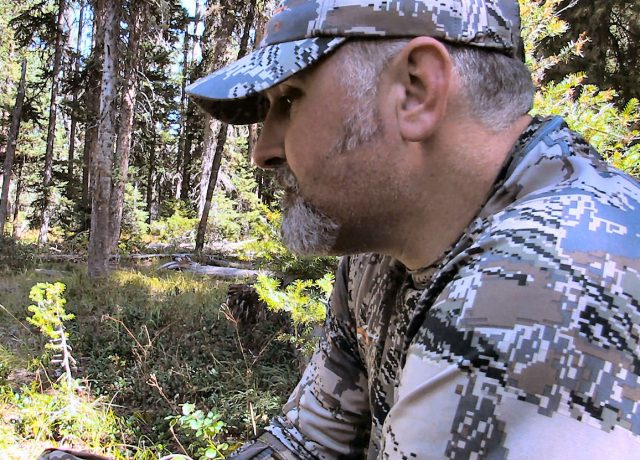 Each year, frustrated hunters head home if plan A doesn’t come to fruition. Let me just say, plan A rarely works out in my favor. I have usually used up most of the letters in the alphabet by the time I stumble upon success. The long and the short is, make a plan – a big multifaceted plan – just in case things don’t work out the first go-round. Head into elk season with multiple areas and backup plans. Very rarely do things work out just like you have planned on your initial attempt.
Each year, frustrated hunters head home if plan A doesn’t come to fruition. Let me just say, plan A rarely works out in my favor. I have usually used up most of the letters in the alphabet by the time I stumble upon success. The long and the short is, make a plan – a big multifaceted plan – just in case things don’t work out the first go-round. Head into elk season with multiple areas and backup plans. Very rarely do things work out just like you have planned on your initial attempt.
Jason Phelps
I don’t blame you…it is the coolest sound in the woods, but it’s important to RESIST the urge to bugle your way in to a setup. In my opinion, this will ruin your chance before you really even have one. Every season, I see, hear about, or am a culprit myself of bugling on my way in. A lot of times, I want a confirmation on where that bull is, or others may bugle because they like getting a response to their own calling. Regardless, you are giving the bull too much advanced notice that you are approaching and many times that bull will round up his cows and avoid confrontation with the “approaching bull”. Do yourself a favor this year; locate a bull, make an educated guess on where he is, and then move in close before making a peep. Many times, elk tracks, elk scent, rubs, or them making noise on their own will be all that is needed if you can get close.
Another mistake I see elk hunters make every year is getting stuck in a rut. It’s important not to be over committed to a set plan. The only guarantee I can make about elk hunting, is that you cannot kill an elk where there aren’t elk. Yet every season, hunters will continue to stick to “the plan” or areas that have produced in the past. Instead, go find elk. Find tracks, rubs, droppings, wallows, or any other indication of recent activity. We use a system that has worked well for us in the past. We will start off in an area and run the ridgetop looking for signs of elk feeding and crossing over to bed. If that doesn’t produce, we will then drop into the bottom and look for signs of elk getting water or travelling in the bottoms. Then, if that doesn’t work, we look for any terrain or vegetation breaks the elk may be taking advantage of, like benches or edges of vegetation change. If there aren’t any elk in those three areas within an area, we will move to a different location. Usually, within half a day, we know if the area is worth investing in or not. If it isn’t, move on.
Mark Skousen
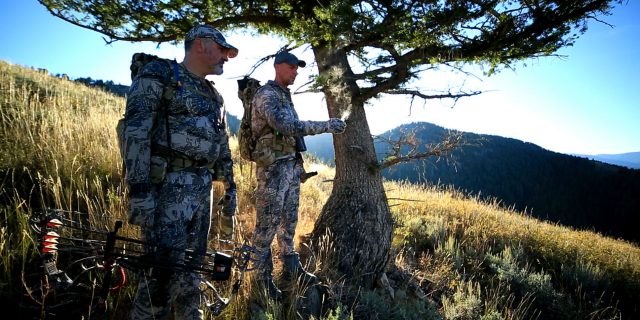 Hunting Elk is a continuous learning curve, but for me the #1 Elk Hunting Mistake is not paying attention to the wind. An elk’s sense of smell is the greatest survival instinct it has, so hunting with the wind in your favor is critical, especially for archery hunters. Hunters attempt to use all kinds of strategies to mask human scent, but I have found this rarely works. The only failsafe way to avoid detection is to get a consistent wind and then hunt into it. Mountain thermals can be tricky, and a swirling wind is an elk hunter’s worst enemy. Make sure you pay attention to the wind and if the wind is not consistent, be patient until it is.
Hunting Elk is a continuous learning curve, but for me the #1 Elk Hunting Mistake is not paying attention to the wind. An elk’s sense of smell is the greatest survival instinct it has, so hunting with the wind in your favor is critical, especially for archery hunters. Hunters attempt to use all kinds of strategies to mask human scent, but I have found this rarely works. The only failsafe way to avoid detection is to get a consistent wind and then hunt into it. Mountain thermals can be tricky, and a swirling wind is an elk hunter’s worst enemy. Make sure you pay attention to the wind and if the wind is not consistent, be patient until it is.
Another common mistake for archery hunters is not knowing when to draw your bow. I was hunting elk in Colorado a couple years ago and I had a dandy bull following a group of cows out of the timber across the meadow I was set up in. The cows came through a clearing at 40 yards, and the bull was 20 yards behind and hot on their trail. I immediately drew my bow, but the bull didn’t follow the same path as the cows and I never had a shot. The cows proceeded out of the trees in my direction, and the bull hung up in the trees. I couldn’t let down for fear the cows would see me, so I just held at full draw hoping the bull would follow. I held my bow for almost 2 minutes as the cows passed by me at 20 yards. The bull was now out of the trees, but hung up at 50 yards still not presenting a broadside shot. After almost 3 minutes of holding my bow at full draw, I was shaking so bad I couldn’t keep my pin on the elk and had to let down. This spooked the elk, and the gig was up.
Hindsight is always 20/20, but the take away from this experience is that in my excitement to make something happen, I drew too early. Immediately after I realized I had no shot, I should have let down. It has been my experience on most occasions that if elk are close and they spook, they will almost always stop and look back if you chirp on a cow call. In the scenario mentioned above, the elk at 20 yards spooked when I let down, but they all stopped at 40 yards and looked back to see what spooked them. Some situations might require a longer hold, and this needs to be practiced. But generally, draw when you have a shot, not when you think you will have a shot.
Matt Brimmer
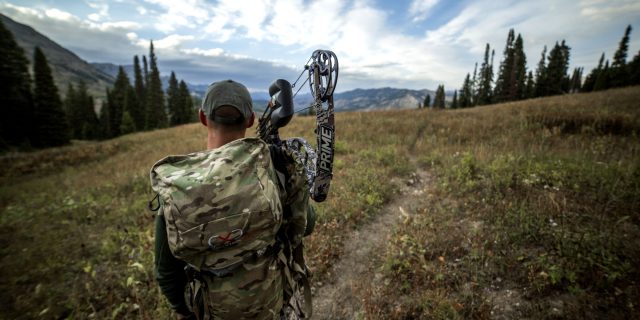 Personally, I feel that the #1 Elk Hunting mistake is not being completely prepared before the season starts. This can be a broad spectrum of reasons, from not being physically prepared to not having your gear in check well before season begins. We all know we need to be physically prepared, but what about having all of your gear prepared and ready to go?
Personally, I feel that the #1 Elk Hunting mistake is not being completely prepared before the season starts. This can be a broad spectrum of reasons, from not being physically prepared to not having your gear in check well before season begins. We all know we need to be physically prepared, but what about having all of your gear prepared and ready to go?
I begin checking and preparing my gear shortly after season ends. Every winter and spring, I go through and either replace or perform periodic maintenance on crucial gear items. I also use this time in the off-season to research new gear. Once I’ve replaced or repaired certain gear items, I spend multiple days during the summer checking and using those items on backpacking and camping trips. Doing so gives me plenty of time to adjust or re-adjust my gear needs, and be as prepared as possible when season begins.
Josh Boyd
In my opinion, ignoring the wind on an elk hunt is the number one way to end the season without an elk. I’ve seen it too many times over the years where a hunter tries to approach vocal elk from upwind, call them within bow range when the wind switches directions every 30 seconds, or pitches a camp close enough to elk hangouts that eventually the herd will smell the human inhabitants. Getting winded in the elk woods is inevitable and will happen to every elk hunter several times a season, but there are a few things you can do to minimize the chances of it happening.
The best thing an elk hunter can do is to evoke a continuous awareness of the wind and thermals, and what influences how they change. For instance, pay attention to how the terrain affects the general wind patterns. I’ve noticed in certain areas the prevailing wind is easy to predict until it hits a certain speed but then it will start to “eddy” behind large land features; much like water in a stream with large boulders. Also pay attention to the aspects being hunted. The first areas to get sunlight in the morning will be the first to have the thermals switch up slope and the first to get shade will be the first to switch down slope in the evenings. Of course, these generalities can be dismissed when a storm blows into the hunt. When these gusty, unstable weather events move in, sometimes it pays to wait them out instead of risking the chance of blowing the elk out of the area. Be patient, wait for a stable wind, and approach them from correct direction – downwind.
Donnie Drake
I feel one of the biggest mistakes an elk hunter can make, is to stay too focused on one area that is not providing opportunities or encounters. If you’ve spent time hunting an area without response to your calling – or you’re having limited interaction or finding minimal sign – consider changing locations before you run out of time.
Rather than getting stuck in a rut, focus on relocating to an area where the elk are actively responsive. Keep yourself from spending days just hiking around and hoping to run into elk. It’s September – the rut is on somewhere. Go find that elk that is on fire and ready to take on your challenge.
Anthony Spencer
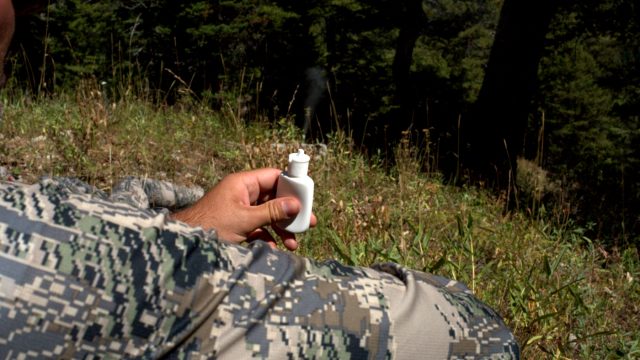 We’ve all heard it a thousand times, but I still think the biggest obstacle to elk hunting success is not paying enough attention to the wind. It’s not an exciting topic. We all know elk have great noses, and we all know we can’t expect success if we don’t pay attention to the wind. So why is it still such a problem? Sure, it’s something none of us can control, but there are some things we can do to put the odds in our favor.
We’ve all heard it a thousand times, but I still think the biggest obstacle to elk hunting success is not paying enough attention to the wind. It’s not an exciting topic. We all know elk have great noses, and we all know we can’t expect success if we don’t pay attention to the wind. So why is it still such a problem? Sure, it’s something none of us can control, but there are some things we can do to put the odds in our favor.
First of all, don’t ignore the wind. That sounds simple enough, but I think there are still hunters who hear a bugle or glass a distant bull and get so excited they just plain forget about the wind. Or, they take notice that the wind is not very good, but don’t take the time to get it right. Pay attention to the wind EVERY TIME!
Second, take the time to learn about thermals. It is not rocket science. In a nutshell, cool air goes down, hot air goes up. During transitional times (heating or cooling) the wind is usually unsteady. Yes, there are exceptions to the rule. There are areas that the wind seams to ignore the rules, but I have found that most areas are pretty reliable. It should only take a day or two, if you’re paying attention, to figure out what time in the morning the wind starts blowing uphill and what time in the evening it starts blowing back down. Make sure you think about those times before you take off cross-canyon or move in on a screaming bull. Take into account what the wind will be doing when you get there, not as you are heading in. There are plenty of times I will take off after a bull that is a long way away with a bad wind if I know the wind will be changing before I can get there.
Lastly, when you are moving in on a bull and the wind changes, back out. No matter how hard you worked to get there, no matter how big the bull is, no matter how long you have been trying to get it done on a bull elk, back out. Unless it’s the last day and shooting light is ending, you’re going to be better off backing out and waiting until the setup is right….you’ll never beat the nose of an elk if the wind is not in your favor.
Summary
So, as you head into the elk woods in the coming days, consider these topics. When mistakes happen – whether out of our control or not – learn from them, work to minimize them, and push on to success. Elk season comes just once a year…make the most of it! Oh yeah, and HAVE FUN!

